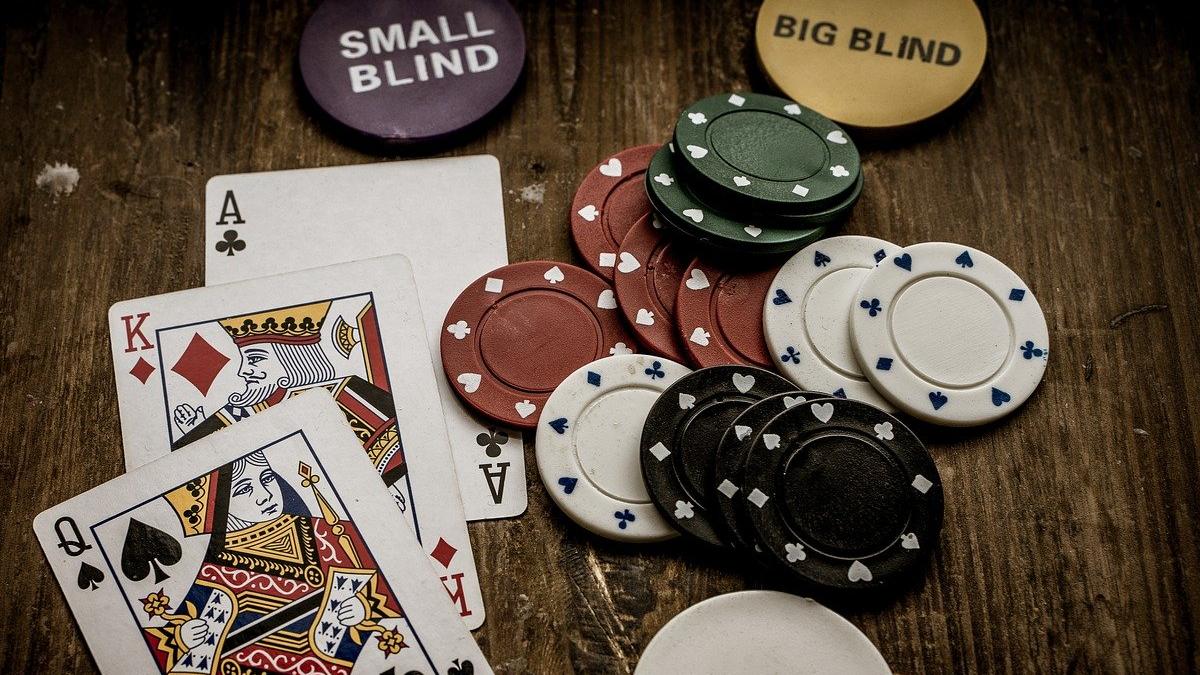
Poker is a game played between two or more players and involves betting and the use of strategy. It is a card game that has its origins in the sixteenth century, when it was first played as a bluffing game. Poker is now played in almost every country and has a variety of variants. In all variations of the game, players compete to win a pot that consists of the sum of all bets in one deal. The pot may be won by a player who has a high-ranking hand or by making a bet that no other player calls.
Some of the most important skills that a top poker player must possess include patience, reading other players, and adapting to changing situations. They must also be able to calculate odds and pot probabilities quickly. Lastly, they must be able to control their emotions at the table. Poker is a fast-paced and stressful game, so the ability to remain calm and collected under pressure is an essential skill that will carry over into other areas of life.
Another benefit of learning to play poker is that it is a great way to exercise your brain and improve your cognitive skills. The process of reading, applying a tip to a live game and studying the hands off the felt strengthens neural pathways in the brain and helps develop myelin, which is a part of the brain that processes information. The more myelin you have, the faster and better your brain can function.
In addition to improving your cognitive skills, poker is also an excellent way to learn about money management and how to make wise decisions. The game teaches you how to read your opponents and understand the value of your chips. It also teaches you how to fold when you have a weak hand and avoid making big mistakes that can cost you a lot of money.
The best poker players are able to analyze the strength of their opponent’s hands and predict what they will do in future rounds. They also know how to make bets and raise them when necessary. In order to do this, they must be able to classify their opponents into four basic types: LAGs, TAGs, LP Fish and super tight Nits. By knowing your opponents’ tendencies, you can adjust your game plan and exploit their weaknesses.
Bluffing is a crucial part of poker, but it’s not as easy as it looks. You must have a wide range of tactics at your disposal to deceive your opponents. Otherwise, they will always know what you’re up to and your bluffs won’t work.
You must have a plan B, C, D, E and F ready to go at the drop of a hat. If you don’t, your opponents will catch on quickly and you will lose a lot of money. You should also remember to mix up your style so that your opponents don’t get any clues as to what you’re playing.